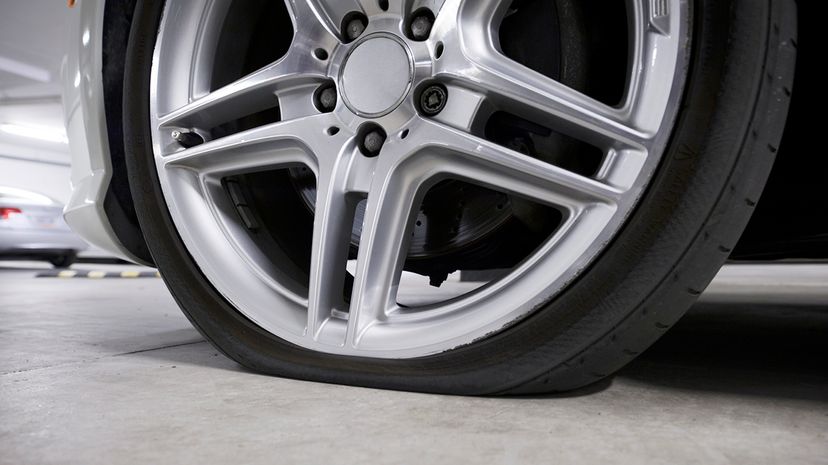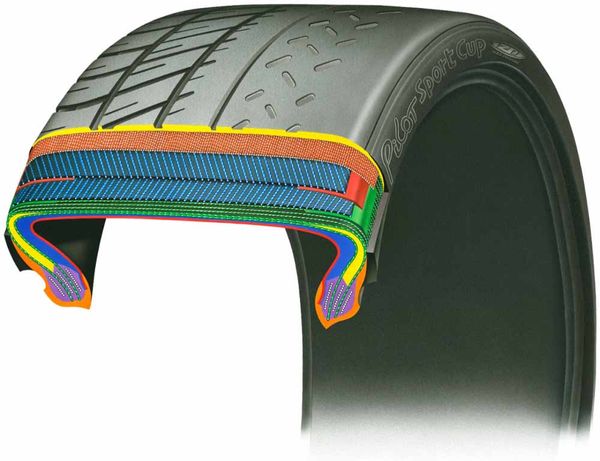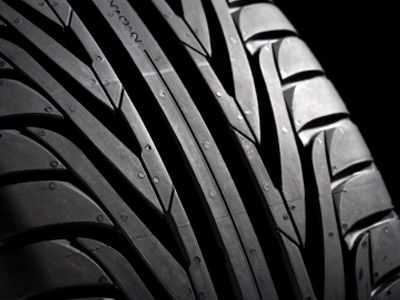
If you've been shopping for a new car recently, you may have noticed something missing from many newer models: a spare tire. How can that be? What's a driver to do when they get a flat if they don't have a spare?
But it's true: According to a new study from AAA, nearly one-third of new 2017 model year vehicles don't come equipped with a spare tire. And even though the number of cars without spares has decreased in the last few years (36 percent of new cars came sans spares in 2015) many drivers still don't seem to realize it's a problem — until they get a flat. Case in point: AAA says it received more than 450,000 calls from members in 2016 who had flats and were surprised to discover they didn't have spares.
Advertisement
Of course, automakers don't risk alienating customers without a few good reasons, but a stranded driver who gets caught off guard might not agree with them, no matter how good the car company thinks it is. So why exactly are automakers choosing not to include spare tires with new cars? There are several explanations:
- The car has run-flat tires instead
- It saves the automaker money
- The car weighs less without a spare
- Automakers can claim a slightly higher fuel economy rating
- Special design considerations
Advertisement



